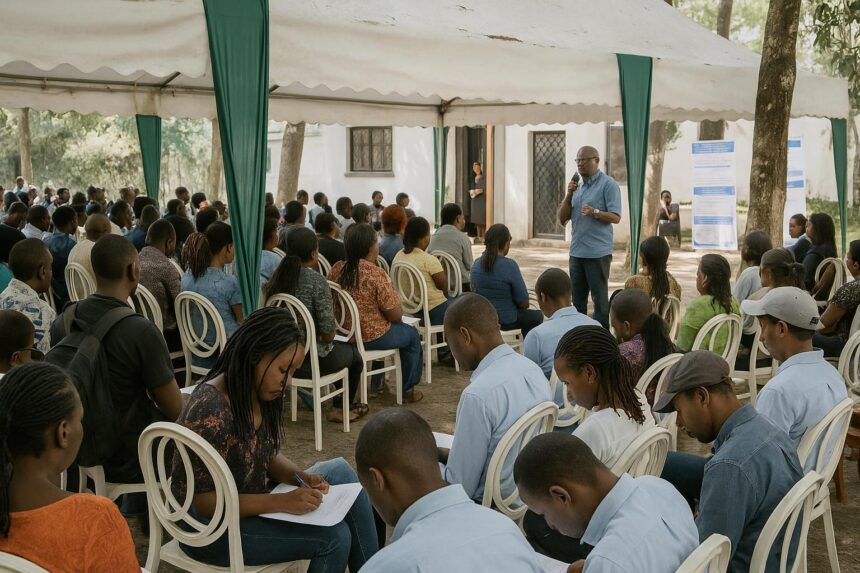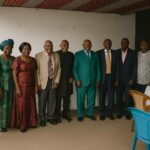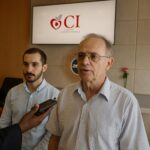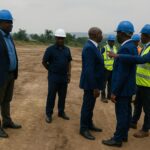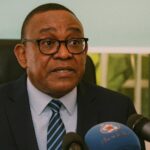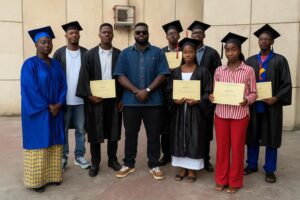Minister’s urgent call
In a packed auditorium at the National Institute for Research in Engineering Science, Innovation and Technology, Minister of Scientific Research and Technological Innovation Rigobert Maboundou warned that the Republic of Congo must pour more resources into home-grown science if it wants a durable economic transformation.
The appeal opened the first Scientific and Technological Days of the institute, held 9–10 October in Brazzaville, where dozens of academics, entrepreneurs and students gathered to debate how to convert the country’s natural resources and youthful talent into patents, jobs and export revenue.
“We cannot keep depending on imported solutions,” the minister stated from the podium, his voice echoing under banners celebrating innovation. “To promote research we need to invest locally, and that means mobilising fresh financing streams.” His remarks drew sustained applause from the largely young crowd.
Currently, public science budgets cover only the basics, and many labs struggle with aging microscopes and intermittent electricity. Commercial banks remain cautious, while venture investors say they need clearer tax incentives. For Maboundou, unlocking capital is therefore “not optional but urgent” for national resilience.
Why funding matters now
Researchers at the conference underlined how targeted spending can speed up value-addition in forestry, oil by-products and agriculture, three pillars of the Congolese economy. They argued that every franc invested in applied science could multiply returns by creating downstream industries and reducing costly technology imports.
Jean-Baptiste Okongo, lecturer in agro-engineering at Marien Ngouabi University, noted that empowering local labs would also keep talented graduates at home. “Brain drain is our silent crisis,” he said, stressing that consistent grants and modern equipment could persuade young scientists to build careers inside Congo.
Labs on display in Brazzaville
Across the institute’s courtyard, makeshift stands showcased prototypes built with shoestring budgets. Posters detailed low-cost soil sensors, improved cassava dryers and an app that matches small farmers with spare tractor hours. The buzz reflected a growing confidence that Congolese solutions can answer Congolese challenges.
Inside the main hall, delegates moved between plenary talks and themed sessions on natural-resource valorisation, food engineering, agricultural systems and emerging tech. Each segment zeroed in on the same dilemma: promising data exist, yet scaling remains elusive without predictable money and mentoring.
Young innovators voice hopes
Twenty-six-year-old Glimar Mbougou drew curious lines of visitors to his gas-generating machine, built from recycled metal and local biomass. He explained that the unit compresses organic waste into combustible vapour, offering households an emergency alternative when butane cylinders run out.
“Demand is clear, but I cannot mass-produce without financing,” Mbougou told our reporter, gesturing to a handwritten price sheet. He urged public agencies to create small innovation funds so that grassroots inventors can move beyond prototypes and meet safety standards.
Similar pleas came from students who displayed solar-powered refrigerators, drone-assisted farm mapping and a low-cost test for cassava diseases. Their message echoed the minister’s: local ingenuity exists, the missing ingredient is capital aligned with strategic guidance.
Recommendations on the table
At the closing ceremony, Scientific Director Arnaud Wenceslas Geoffroy Tamba Sompila summarised a list of proposals drafted during workshops. Delegates want competitive research funds, tax breaks for innovation-driven companies, better equipped laboratories and the creation of national science incubators to smooth technology transfer into the marketplace.
Participants also called on local authorities to fast-track customs clearance for scientific equipment and to embed entrepreneurship training in university curricula, ensuring that doctoral theses can travel from library shelves to factory floors.
What happens next
Minister Maboundou promised to relay the recommendations to the cabinet and hinted that an inter-ministerial task force could be announced “soon” to study financing avenues. Observers welcomed the signal, though they cautioned that previous roadmaps stalled without clear timelines and transparent allocation.
For now, the institute plans follow-up seminars every quarter to track progress. A public report card will grade how many proposals advance into law or budget lines. Organisers believe that consistent monitoring will keep momentum alive and reassure potential investors.
Outside the venue, sunset painted the Congo River in copper and gold. Departing delegates exchanged numbers, determined to turn conference talk into laboratory trials, patents and ultimately everyday products. Whether new funding arrives quickly or not, the resolve to innovate locally seemed stronger than yesterday.
As Brazzaville’s streets filled with evening traffic, one message lingered: sustainable transformation of the Republic of Congo will depend less on imported expertise and more on the creative power already thriving in its classrooms and garages—provided the country decides to back that power with cash.

